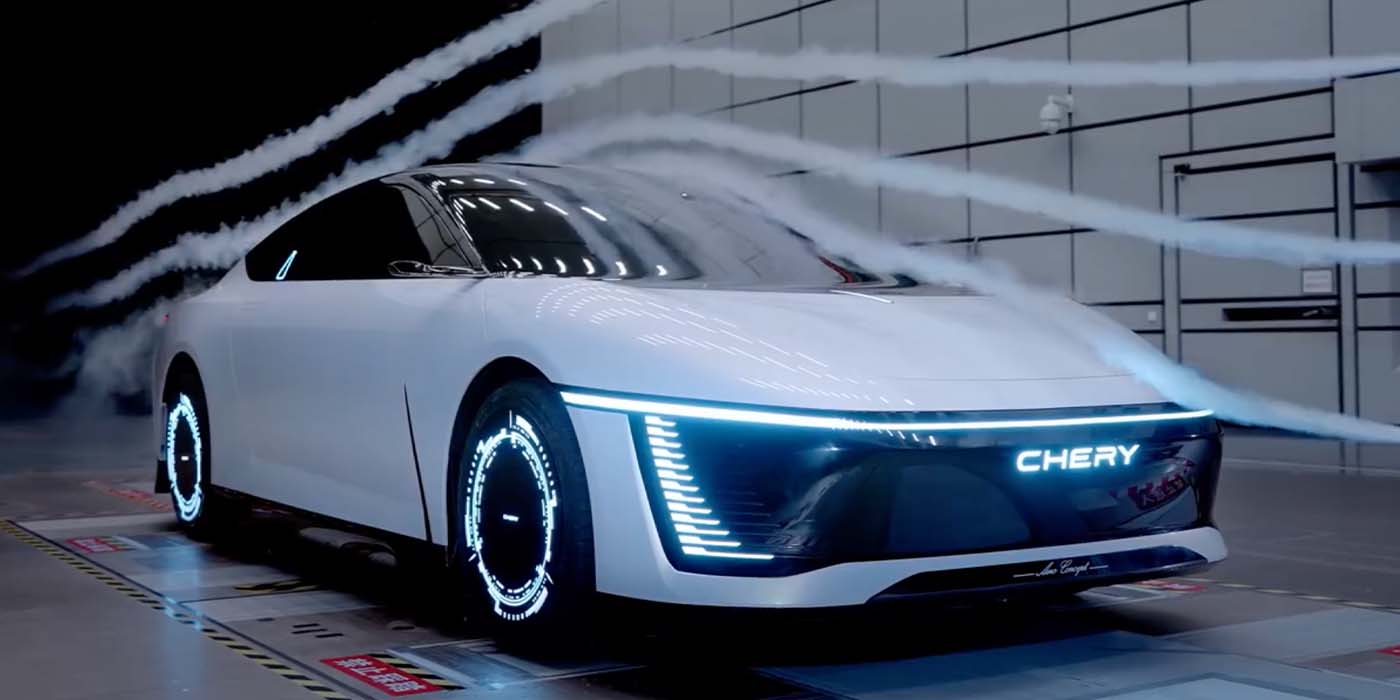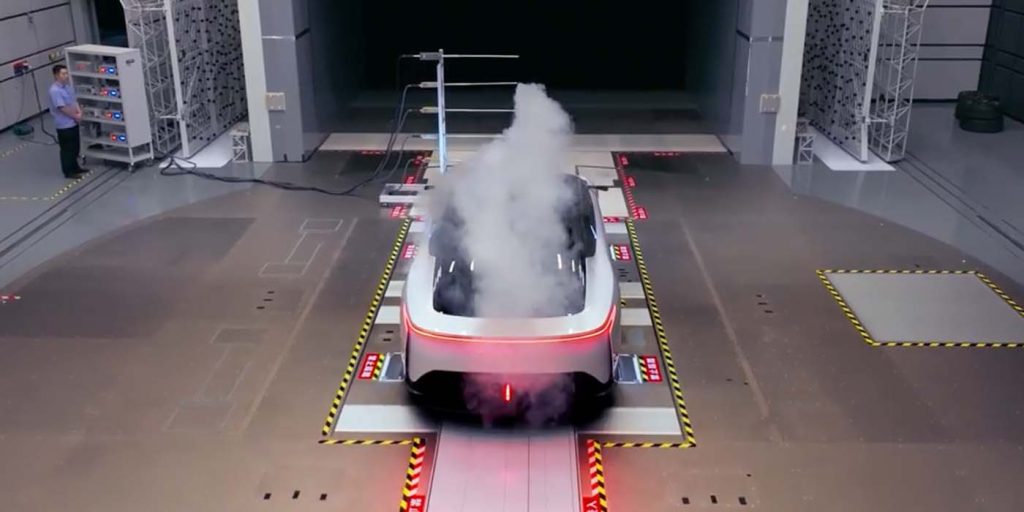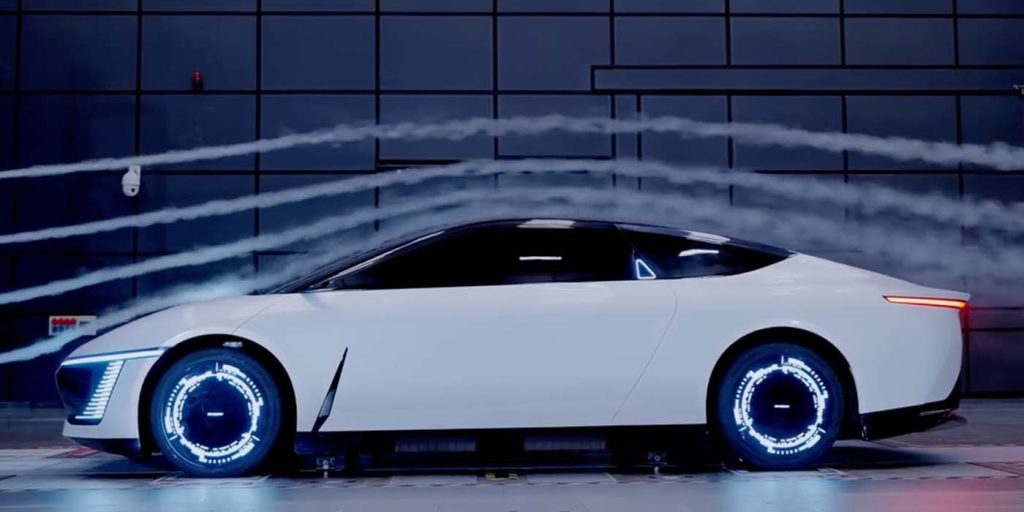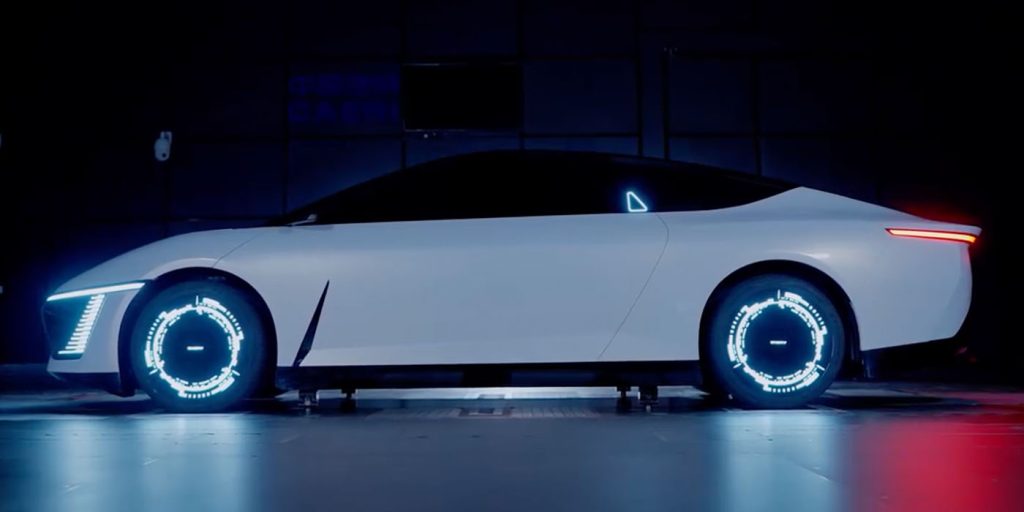
Yes, you read that right. An EV inspired by the sleek, hydrodynamic maneuvering of the tuna fish. What a time to be alive. Chinese automotive brand Chery has unveiled a new concept it claims to be the world’s most aerodynamic car, designed using AI simulation. Do you see the similarities to a Bluefin? Have a look for yourself.
Chery Automotive is one of top ten largest automakers in China, specializing in BEVs and PHEVs for the mid- to high-end NEV market. In addition to a decent presence in its native China, Chery vehicles remain some of the most exported, particularly to smaller overseas markets like Brazil, Iran, North Africa, Pakistan, Uruguay, Venezuela, and Vietnam.
In addition to its current marques like Chery and Karry, the automaker has introduced a new iCar brand targeting younger consumers, as well as a new marque developed with Huawei called Luxeed. During its tech day last month, Chery announced plans to introduce 39 NEVs over the next two years – 15 BEVs and 24 hybrids.
Following an unveiling today, we have a brief glimpse of some of the innovation going into those future EVs, in the form of a concept car touting the title as “the world’s most aerodynamic.”
Chery built world’s most aerodynamic car, but its a concept
Chery Automotive shared details of its new concept on Weibo, explaining that its team took design cues from tuna fish – some of the most hydrodynamic and powerful fish in the sea. The company also shared that the EV’s design utilized AI simulation techniques that ran through over 2,000 different optimization cases to achieve its potentially record setting drag coefficient (Cd).
What Cd is worthy of the title of most aerodynamic car, you ask? Chery says its concept achieved a wind resistance rating of 0.168 Cd during official testing in August that you can view in this video.
Since this is a concept and not a production vehicle, the title may still sit with GM’s EV1, which achieved a Cd of 0.19 in the late 1990s. Since then, we’ve seen plenty more companies try to best that number, including the Lightyear 0 which achieved a drag coefficient of 0.175, but its production run consisted of about two vehicles before the startup went under.
Aptera Motors, another solar EV startup, is still working toward scaled production and is promising to smash the record as the world’s most aerodynamic car, although it’s not sharing that number just yet. Previously, the company said it believes it can reach somewhere between 0.13-0.15 Cd, but that has not been confirmed publicly yet.
For now, Chery’s concept car remains the most aerodynamic until Aptera shows its hand. Better still, if the startup can actually reach production, it will become the undisputed Cd leader for a bonafide passenger vehicle.


